Word of Mouth: Chile’s Atacama Desert
Trekking from salt flats to see pink flamingoes and landscapes reminiscent of the moon

Covering more than 41,000 square miles, Chile‘s Atacama Desert stretches along the Pacific and spills across borders into Peru, Bolivia and Argentina. Its innumerable splendors—rare flamingoes, mind-bending salt flats, desolate landscapes and celestial access, all high among the list—have many entry points. But none are so closely congregated as those around San Pedro de Atacama, which is set atop a volcano-speckled, arid plateau. To reach the remote town, a flight to Calama followed by a one-hour drive is most advisable—as we did while exploring the region with Luminox.

Our experience made the best of the Atacama’s natural wonders and involved high-altitude hikes, treks and stargazing. Because of its altitude, Atacama—and the area around San Pedro, in particular—harbors scientific observatories, public observation centers and those seeking to look at the heavens above. It’s an astronomical access point almost unmatched globally. And yet, as one of the driest places on earth, the ecoregion and its inhabitants impress in often unexpected ways, too. With the marvelous volcano Licancabur in sight, San Pedro’s comforts make it the ideal place to rest after a late night peering at the Southern Cross or before rising to see the sun illuminate the vast expanse of sand and stone.

Hotel Altiplanico
Earthen materials and straw roofs compose the many Chilean-Boliviano buildings of Hotel Altiplanico, which sits a short walk from the center of San Pedro. While the structures seek to blend into their surroundings, and respect the spirit of the area, the services are world-class and even luxuriant. From delectable food and drink to reliable WiFi and a pool (opened seasonally), it’s a well-situated and safe 29-room destination.
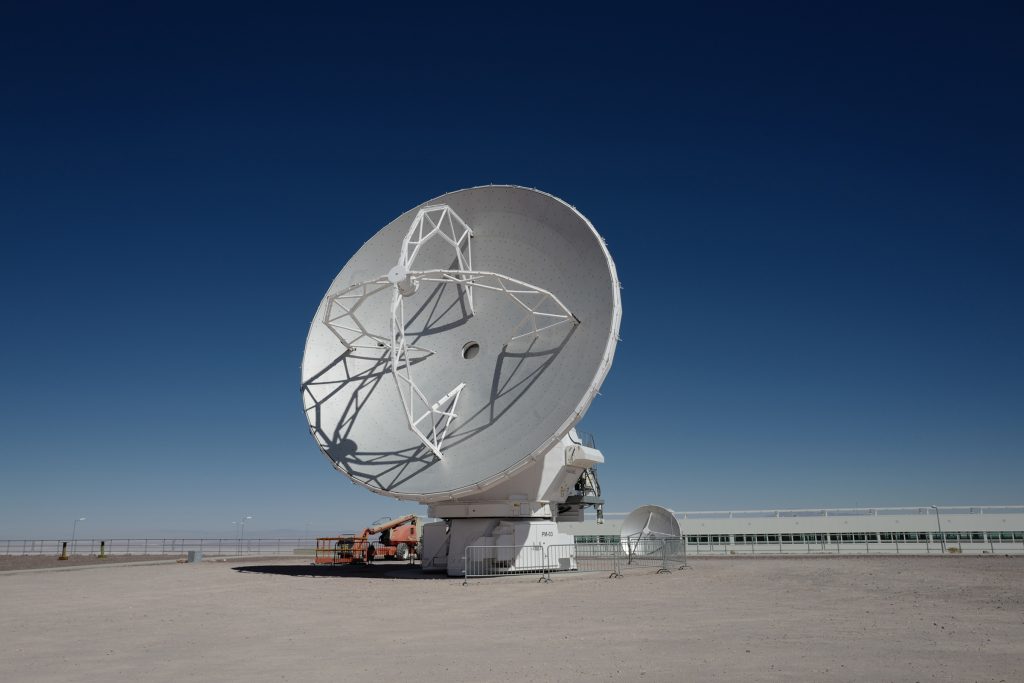
ALMA Observatory
When news broke that several observatories had united to capture the first-ever image of a black hole, the ALMA Observatory was one of the crucial, data-capturing partners. ALMA—which stands for Atacama Large Millimeter/submillimeter Array—is a multi-country operation, funded by space organizations in the US, Europe and Asia. 80% of the workers, however, are Chilean. Here, 66 satellite dishes collect information pertaining to the search of our cosmic origins—and scientific breakthroughs happen regularly. Tours are available for those who schedule in advance.
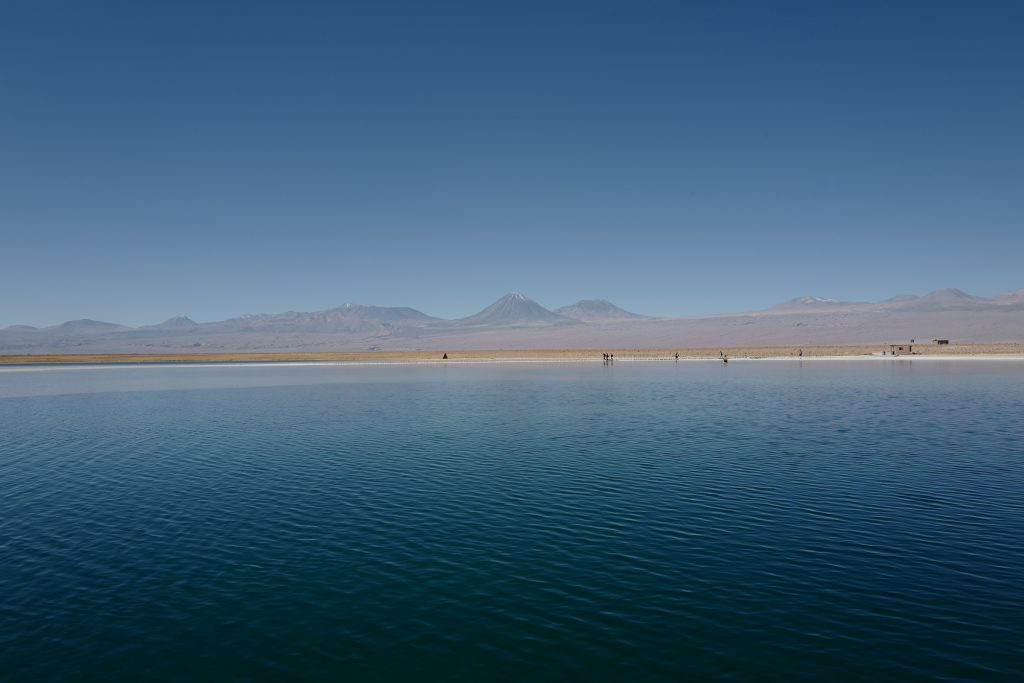
Cejar Laguna
Surrounded by the Atacama Salt Flats (Salar de Atacama), Cejar Laguna glows an uncommonly bright blue. Truly an oasis in the desert, the water’s salt content allows swimmers to float easily on its surface. The cold, crisp water clearly reflects the cloudless sky and surrounding volcanoes, and a pathway between Cejar and a nearby emerald green lagoon makes for a stunning, simple walk.
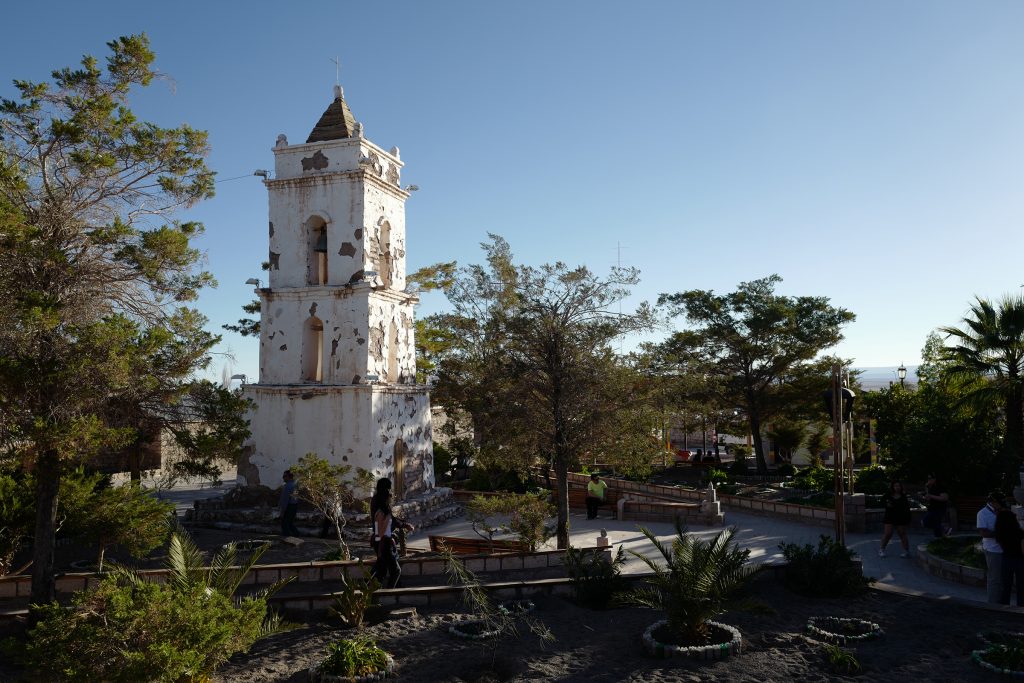
Toconao
In the Andean village of Toconao, both the San Lucas church and bell tower have been declared national monuments by the Chilean government. Built from volcanic Pumicite rock, they can be found at the town’s central green, which often bustles with visitors. It’s under 25 miles from San Pedro and provides an alternative for dining, drinking and stocking up on provisions.

Los Flamencos National Reserve
Los Flamencos National Reserve actually encompasses some 285 square miles and seven distinct sections. In the reserve, quite close to San Pedro, however, one finds the Laguna Chaxa (pictured above). Several famous occupants frequently make themselves seen at the lagoon: a variety of rare Chilean and Andean flamingoes. While their numbers are on the decline, flamingoes continue to return and take the breath away of anyone who’s lucky enough to catch sight.
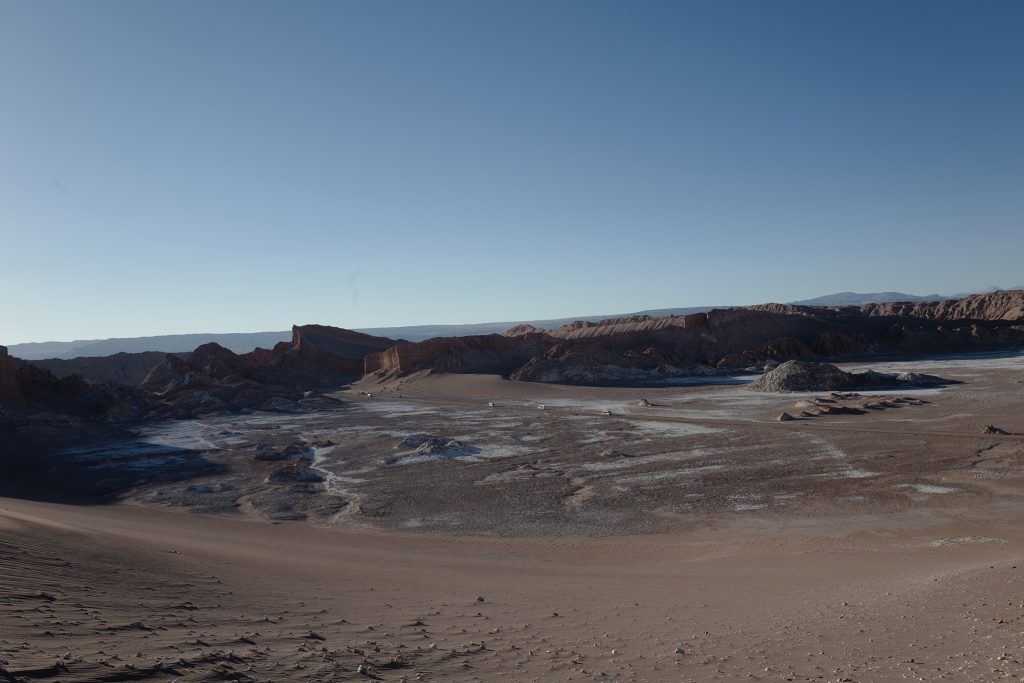
Valle de la Luna (Moon Valley)
Another must-visit spot in Los Flamencos National Reserve, Valle de la Luna (aka Moon Valley) is named for its several lunar-like geological wonders, all of which are nestled between jagged rocks and the optical illusion of Cordillera de la Sal. Moon Valley offers hikes of varying lengths for those with varying skills. From a crest within the valley, one can see out for miles.

High-Elevation Hiking
Days after arriving to San Pedro, and only when feeling fully acclimated, it’s possible to take a high-elevation hike with a tour group. Driving along route 27 toward the Bolivian border, and up past the second (and higher) ALMA station, one can reach trails beyond 15,700 feet up—as we did. Here, flora begins to diminish and ice formations congeal along streams. Air thins and the landscape becomes more harsh, but a quiet beauty takes hold. From obelisk-like geological formations to unbroken landscapes, true wonder remains.
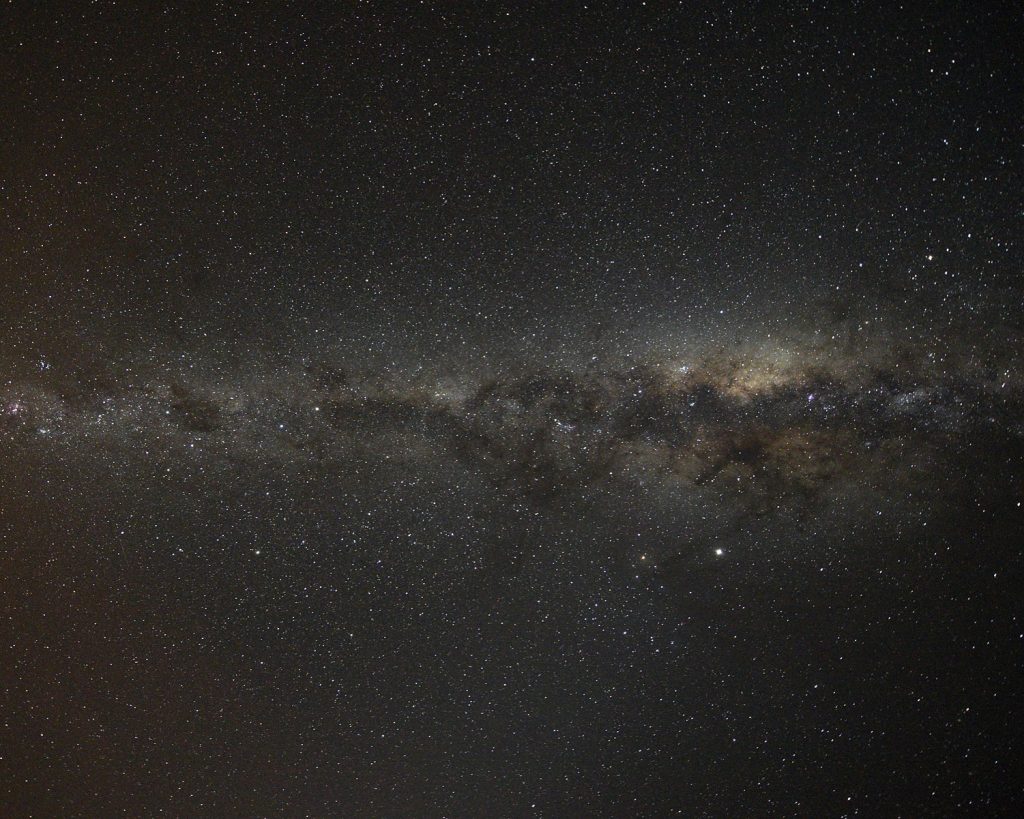
Night Sky Photography
As with high-elevation hikes, night sky photography (or simply organized stargazing) is a must in Atacama—and isn’t affixed to one venue or tour operator. Many observatories can be found around San Pedro, often with guided programs. San Pedro de Atacama Celestial Explorations offers telescope rentals. Regarding camera equipment, it’s best to bring your own—and, in that case, it’s quite easy to pull off the road anywhere that’s truly dark enough (so long as everyone is safe and aware of their surroundings) and set up an unencumbered night sky photoshoot.
Images by David Graver












